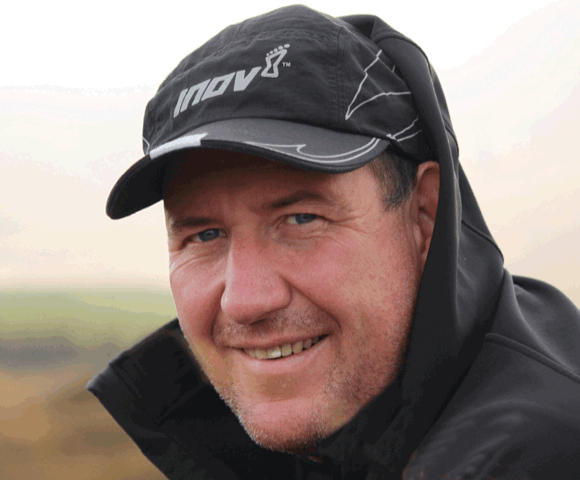Emergency Planning for Mountain First Aid
You are heading out into the hills, but before you go take a moment to think about planning for accidents and emergencies. Some time spent planning now could save the day in a real emergency. This article looks at the following four important issues;
1. What first aid equipment should I take?
2. An emergency plan
3. How to give my location
4. How to call for ‘Help!’
1 What first aid equipment should I take?
You don’t need to carry the kitchen sink. A basic first aid kit will be useful: vinyl gloves and waste bags, assorted ambulance dressings, plasters, medi-wipes, blister plasters, sun cream, scissors or a knife, pencil and paper, electrical tape, tick tweezers and sugar solution/tablets or spare food. Before you leave the car park make sure everyone is carrying their own medication (asthma inhalers etc.) in case they need it.
If the weather is forecast is poor, carry a group shelter and some spare clothes. If the forecast is hot, take some extra water.
2 An emergency plan
Having a prepared plan of action of what to do in an accident or emergency will give both the group and other leaders confidence and help prevent the situation worsening. Remember mobile phones are useful but cannot be relied upon to work when they are needed. Many places still have poor signal coverage and it is easy to forget to recharge that battery!
Elements of an emergency plan
- Assess the scene for danger. Ensure your own safety and that of others.
- Administer first aid if required. See previous blog
- Do I need to evacuate or call for the emergency services?
- Self help – use your group to help deal with the incident
- Send someone for help - If sending someone for help make sure they have the correct information written down before they leave; location (6-figure grid reference), how many are in the party and how many are injured, nature of the injuries, treatment carried out, approximate age, sex and names of injured parties. Terrain at accident site and current weather conditions.
- Calling the emergency services directly (see below) Evacuating a non-walking casualty is extremely difficult, it is often better to sit and wait for help then move an injured casualty.
3 Contacting the emergency services
- To activate the emergency services at the scene of an incident call 999 or 112. Both numbers work. https://firstaidtrainingcooperative.co.uk/999-or-112-which-is-best/
- These numbers can’t be locked on a mobile phone and credit is not needed to make an emergency call. If a mobile shows ‘no network’ or ‘SOS calls only’ dial 999 or 112 to use any other mobile network that has coverage.
- If you have pre - registered your phone, you can sometimes ‘text 999’ to the emergency services when you can’t make a phone call. To find out more check out this blog https://northyorkshire.police.uk/contact/emergency-sms-text-service/
- Request the emergency service that is required, ask for police if you need a mountain rescue team.
- One of the key pieces of information you will be asked for is your location.
4 Giving a location
Traditionally you would use an Ordnance Survey map to give a 6 figure OS grid reference with its two-letter pre-fix. Having some a map and compass and the skills to use them is essential.
Today there are now many free Apps which can give both grid reference and long/latitude details e.g. OS Locate (https://www.ordnancesurvey.co.uk/shop/os-locate). Remember this only works if you have a phone and it has power.
What3words (https://what3words.com) has become a really useful way to give your location, which the emergency services also use. Download the App onto your phone so you can use it when you are in the mountains. Again, a word of caution, this can only work if your phone has power.
Before you head out take a little bit of time to be prepared with your emergency plan.
Notes -
You can also download a free ‘Outdoor First Aid’ manual which can be stored on your phone to use in an emergency, it only takes up the space of a couple of photo’s in your storage. Follow this link to download a copy of an Outdoor First Aid manual. (www.firstaidtrainingcooperative.co.uk/download-your-free-digital-first-aid-manual/ )
It is always recommended that you do a specific outdoor first aid course if you have not done one before. For more information about Outdoor First Aid courses click here . (https://firstaidtrainingcooperative.co.uk/outdoor/ )
About the author - Cory Jones has worked in the outdoor industry for over 30 years, and started running first aid training courses with the Red Cross in 2001. Since 2005 he has been delivering specialist outdoor/wilderness first aid courses. He shares his time between running Gairloch Canoe and Kayak Centre and now running his training company Outdoor First Aid Limited. Cory was a founder of the First Aid Training Co-operative.
Some important information about doing first aid in the Covid era -https://firstaidtrainingcooperative.co.uk/performing-first-aid-during-covid-19/


